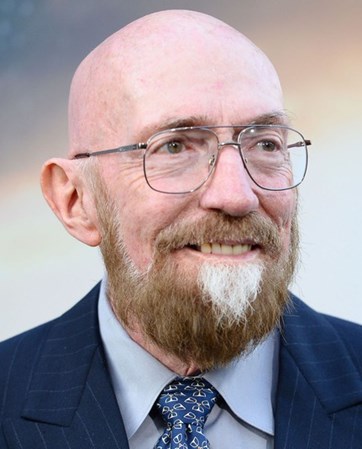Wormholes, black holes, and the theory of time travel topics of Nobel Prize-winning Kip Thorne in LU Academic Lecture October 16
 The Lamar University Academic Lecture Series presents a distinguished lecture featuring Dr. Kip Thorne, winner of the 2017 Nobel Prize in Physics. The free public event will be hosted by the College of Arts and Sciences on October 16, 2018 from 7:30 p.m. to 8:30 p.m. in the University Theater.
The Lamar University Academic Lecture Series presents a distinguished lecture featuring Dr. Kip Thorne, winner of the 2017 Nobel Prize in Physics. The free public event will be hosted by the College of Arts and Sciences on October 16, 2018 from 7:30 p.m. to 8:30 p.m. in the University Theater.
Thorne is among the world’s most influential scientists. A co-founder the billion-dollar Laser Interferometer Gravitational-Wave Observatory (LIGO) project, a collaboration of more than 1,000 researchers from more than 20 countries, he and his team made history by proving the direct existence of gravitational waves, a discovery that won him the 2017 Nobel Prize for Physics and earned him a place on TIME Magazine’s list of 100 Most Influential People.
In his decades-long career, Thorne has personally trained many of today's world leaders in research on black holes and other relativistic phenomena. In September 2015, LIGO helped open a radically new window onto the universe, based on the discovery of ripples in the fabric of spacetime called gravitational waves—part of Einstein’s theory of relativity. For this discovery, he and his collaborators
The Royal Swedish Academy of Sciences awarded the Nobel Prize in Physics 2017 to Thorne, along with collaborators Barry Barish and Rainer Weiss, for decisive contributions to the LIGO detector and the observation of gravitational waves on September 14, 2015, when the universe's gravitational waves were observed for the very first time. The waves, which were predicted by Albert Einstein a hundred years ago but thought impossible to measure, came from a collision between two black holes. It took 1.3 billion years for the waves to arrive at the LIGO detector in the U.S.
Gravitational waves spread at the speed of light, filling the universe, as Albert Einstein described in his general theory of relativity. The LIGO project used a pair of gigantic laser interferometers to measure a change thousands of times smaller than an atomic nucleus, as the gravitational wave passed the Earth.
Thorne and his students also invented quantum nondemolition technology to control the quantum behavior of human-sized objects, and they pioneered the modern theory of wormholes and time travel.
Thorne provided the scientific vision for Christopher Nolan’s film
Thorne was elected to both the US National Academy of Sciences and the Russian Academy of Sciences, and for his
The Lamar University Academic Lecture Series, funded by student service fees, adds a significant asset to the university by supporting the LU academic community to hold two lectures each year featuring distinguished speakers whose disciplines are represented by each of the university’s colleges.
Previous speakers include model, actor and deaf activist Nyle DiMarco, Captain Richard Phillips, developmental biologist and author John Medina, astronaut Sally Ride, entrepreneur Jerry Greenfield, journalist Tony Snow, professional basketball player Bob Love, author Sarah Vowell, freedom writer Manuel Scott, author Erik Qualman, choreographer Judith Jamison, actor and environmentalist Ed Begley Jr., and synthetic-biology and metabolic engineer Jay Keasling.


